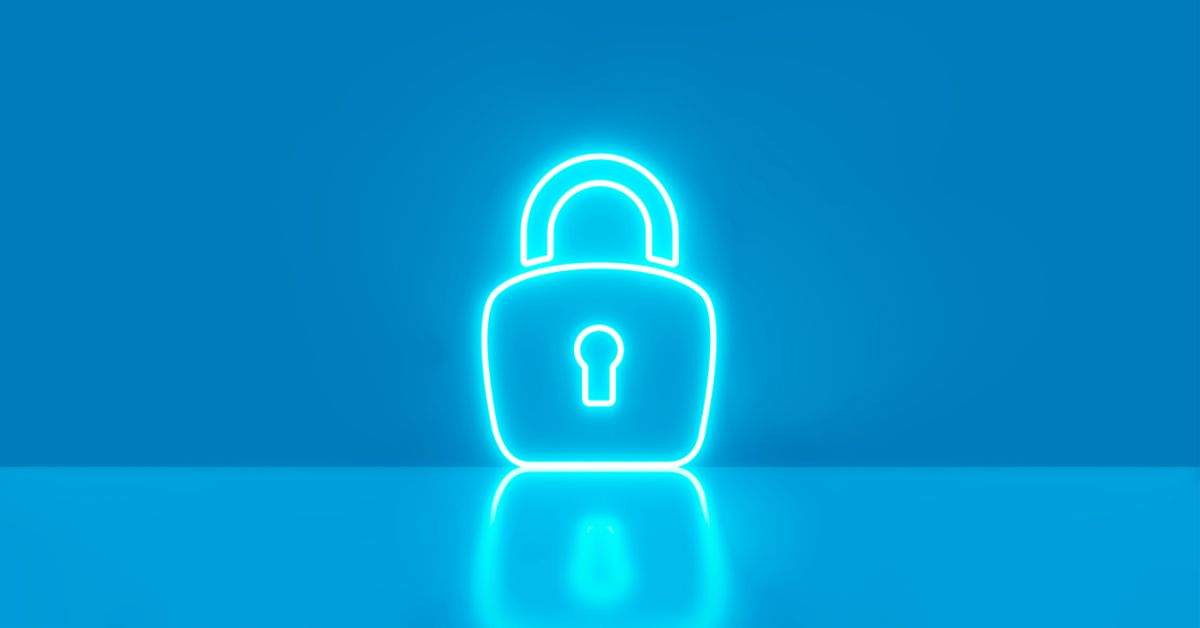Courts closing to the public, remote technology used for hearings, and eService mandated. These are just a few of the significant shifts in practice that have already occurred for the legal world since the appearance of the global pandemic.
We’ve already seen a significant impact on remote work in the legal industry. Here are five long-term changes to litigation that could be prompted by a remote workforce:
#1: Long term remote work
There had been an ebb of flow of interest in remote work in the years leading up to the global pandemic. And with the widespread sudden jump into remote work, even businesses who hadn’t been open to the idea before are finding that work can still get done in remote environments.
According to a recent Harvard Business School survey, when the COVID-19 pandemic is finally behind us, experts estimate that one in six workers will continue to work from home or co-work at least two days a week. This dramatic shift will likely lead to significant changes to the American workforce, including those who work in the legal industry.
#2: Less business travel
Litigation, particularly at the federal level, historically required extensive travel and numerous scheduling challenges. However, the side effects of COVID-19 include adjustments to those expectations.
The widespread adoption of personal video technology has made it easier to conduct certain facets of litigation that previously required planes, trains, and automobiles. Litigating remotely can be more cost-effective and efficient, saving lawyers the time previously spent in transit, and clients the added costs and fees associated with travel.
#3: Better time management
Working from home can also allow litigation professionals to manage their time more efficiently. Videoconferencing technologies enable them to appear in court, participate in a mediation, or take and attend depositions in different parts of the U.S. – even on the same day. Because court hearings are scheduled individually rather than in groups, they typically will begin more promptly and allow for real-time communication during the proceedings.
According to the above Harvard study, 29 percent of those surveyed reported that working from home increased their productivity. Still, not all workers whose jobs were more conducive to remote work did not report comparatively higher gains after transitioning to working at home, perhaps because of a lack of childcare.
#4: More flexible legal culture
Before the pandemic, many law firms operated under the “do it the way we’ve always done it” philosophy. There has been much written about the overall resistance to change on the part of lawyers, specifically, and the legal industry as a whole.
But when law firms began directing employees to work beginning six months ago, litigation attorneys were forced to adopt new technologies at all stages of the proceedings in a matter of weeks or even days. As a result, more and more firms are now forced to innovate by leveraging new tools and processes to keep up with the changing world.
#5: Accelerated shift towards electronic services
Law firms aren’t the only ones having to innovate. When Clerk counters became inaccessible due to the risk of contagion, it was the eFiling courts, in many cases, who were able to catch up with the backlog most efficiently and communicate more effectively with filers.
Meanwhile, the pandemic caused other courts to speed up their transition over to eFiling. San Diego County’s Family Law made the jump after previous delays and Yolo County introduced and mandated eFiling simultaneously, to name two examples. Other California counties mandated eFiling in case types that would have otherwise been voluntary for longer.
#6: Trial by jury – reinvented?
While remote technologies are being widely adopted in litigation before trial, how will courts handle jury trials before the development of a COVID-19 vaccine? Jury trials present a variety of unique challenges in the current environment, which the federal courts are in the midst of navigating already. How to effectively seat a jury while social distancing, read a witness donning a mask, and ensure that jurors are not checking social media during cross-examination?
One probability in these enormously uncertain times is that as new technologies are tested and adopted, they will become ingrained in the legal process and be common practice by the time large-scale litigation resumes.
The larger result of these various changes? Even those deeply set in their ways will need to adapt to a new normal – innovation. And practices that were initiated out of necessity may very well continue out of practicality and a recognition that the modern world calls for evolving solutions.








